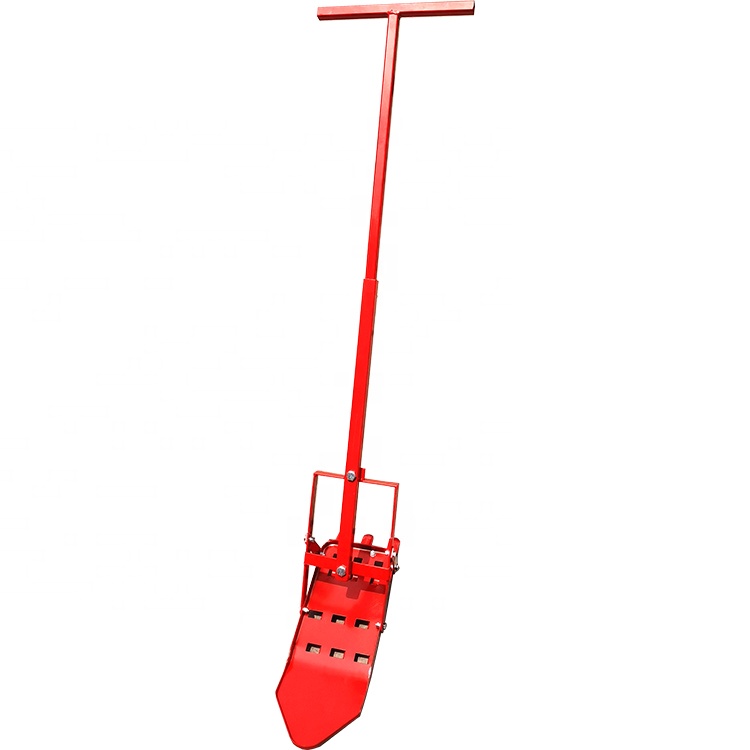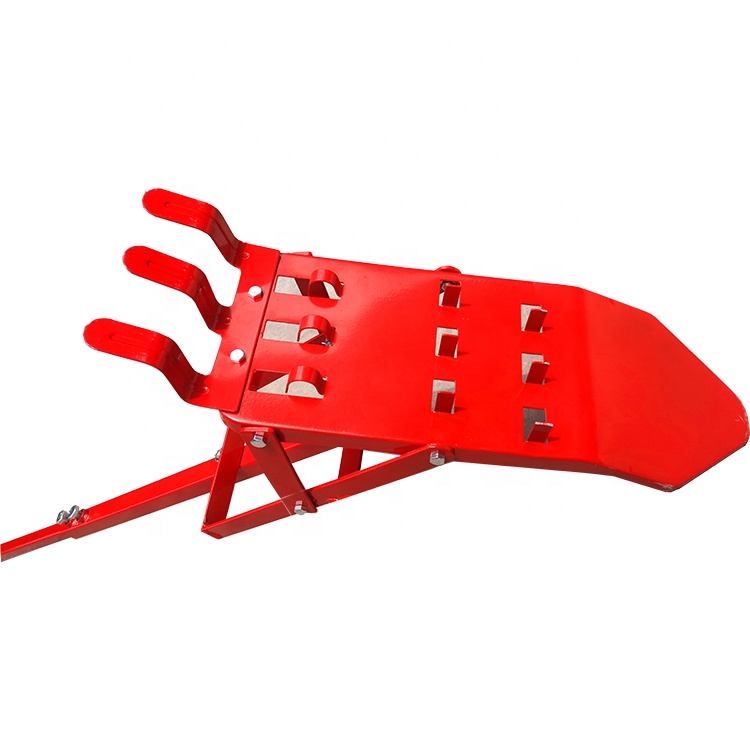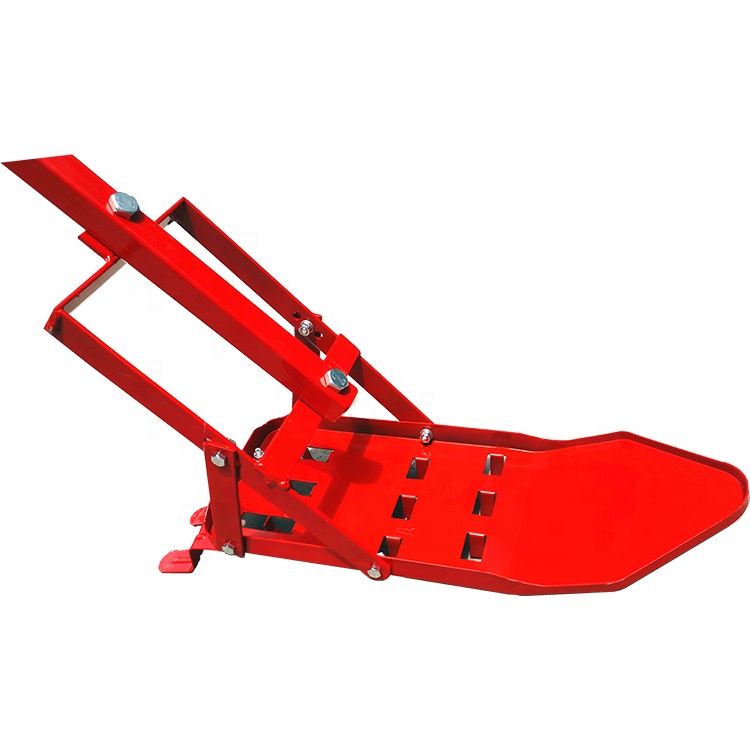Product Description of Manual Rice Weeder
|
model
|
HSW16
|
|
Weiht
|
3.5kg
|
|
size (W*L*H)
|
160mm*800-1000mm can adjustable
|
|
Power Type
|
manual
|
Manual Rice Weeder of Manual Rice Weeder
The Manual Rice Weeder is an essential tool for small-scale rice farmers, designed to efficiently remove weeds in paddy fields without the need for harmful chemicals. This environmentally friendly tool promotes sustainable farming practices and helps increase crop yields by maintaining a weed-free environment.
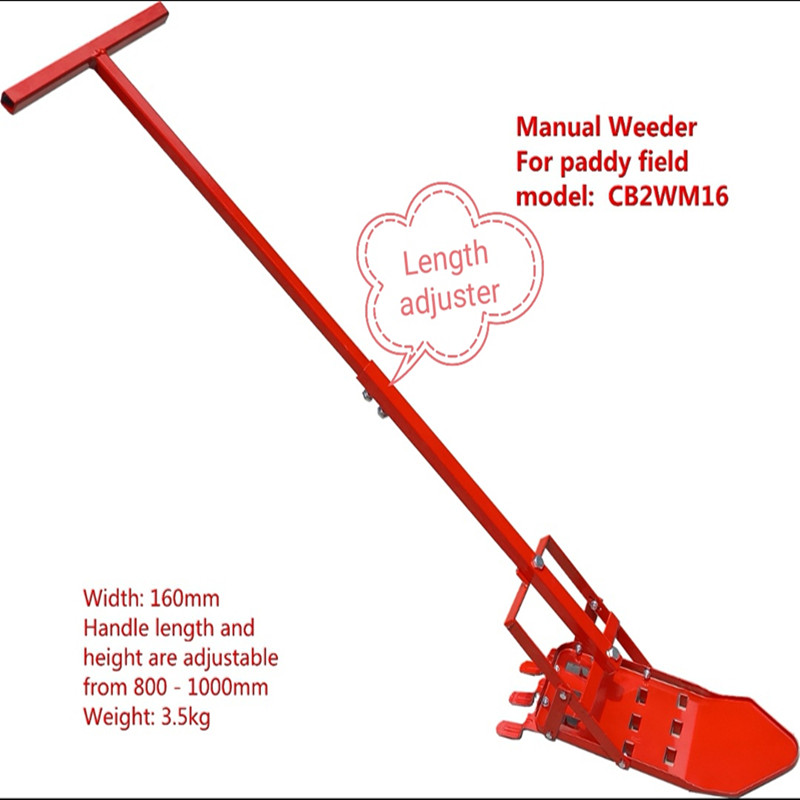
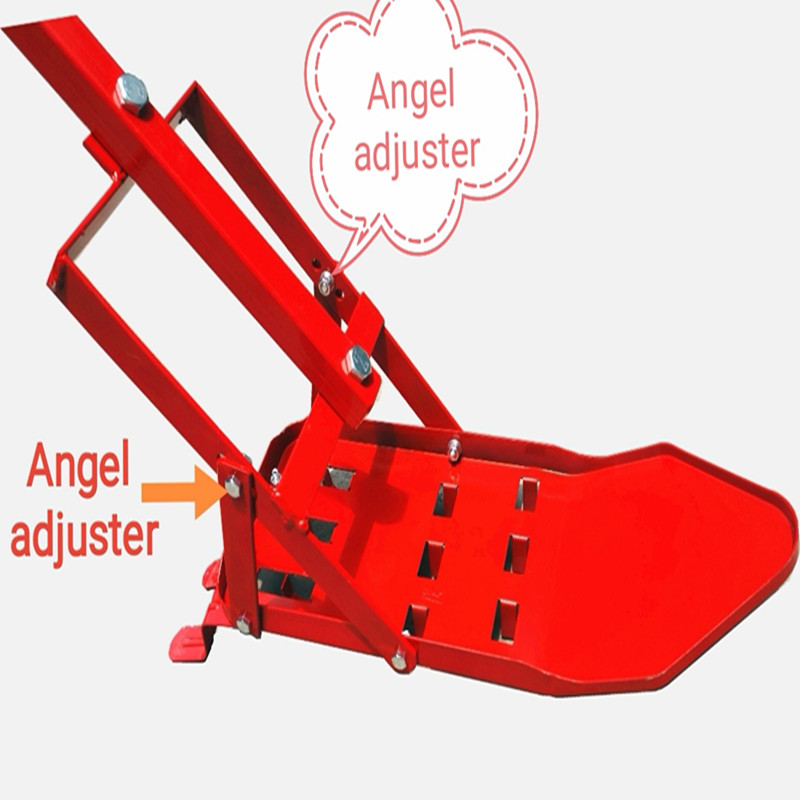
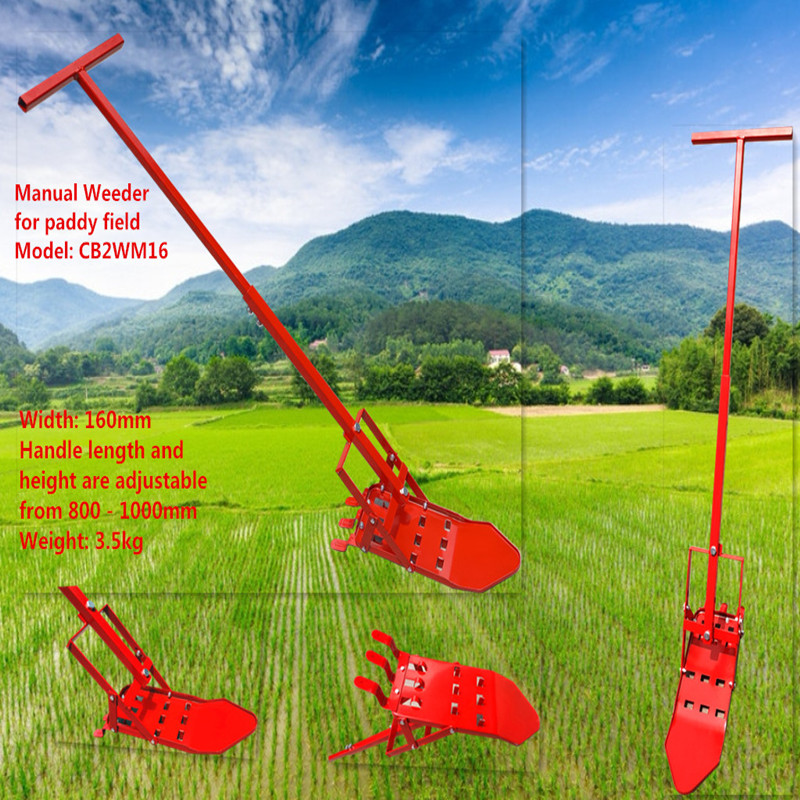
Key Features of Manual Rice Weeder
Ergonomic Design: The weeder is designed with an ergonomic handle that ensures comfortable grip and reduces operator fatigue during extended use.
Durable Construction: Made from high-quality materials, the Manual Rice Weeder is built to withstand the harsh conditions of paddy fields, ensuring longevity and reliable performance.
Effective Weed Removal: The sharp, stainless steel blades effectively cut through weeds, pulling them out by the roots to prevent regrowth and competition with rice plants.
Adjustable Blades: The weeder features adjustable blades that can be customized to different depths and widths, making it versatile for various stages of crop growth and different weed types.
Lightweight: Weighing just a few kilograms, the weeder is easy to handle and maneuver, allowing for quick and efficient weeding without causing damage to the rice plants.
Benefits of Manual Rice Weeder
Chemical-Free Weeding: By using a manual weeder, farmers can avoid the use of herbicides, promoting healthier soil and water quality.
Cost-Effective: The manual weeder eliminates the need for expensive chemical treatments and reduces overall farming costs.
Enhanced Crop Health: Regular weeding with this tool helps improve air and light penetration to the rice plants, leading to healthier and more robust growth.
Increased Productivity: With its efficient weed removal capability, the manual weeder helps farmers maintain cleaner fields, ultimately leading to higher crop yields.
Applications of Manual Rice Weeder
The Manual Rice Weeder is ideal for small-scale and organic rice farms, community gardens, and any agricultural setting where sustainable farming practices are prioritized. It is especially useful in regions where chemical use is restricted or where traditional farming methods are still prevalent.

